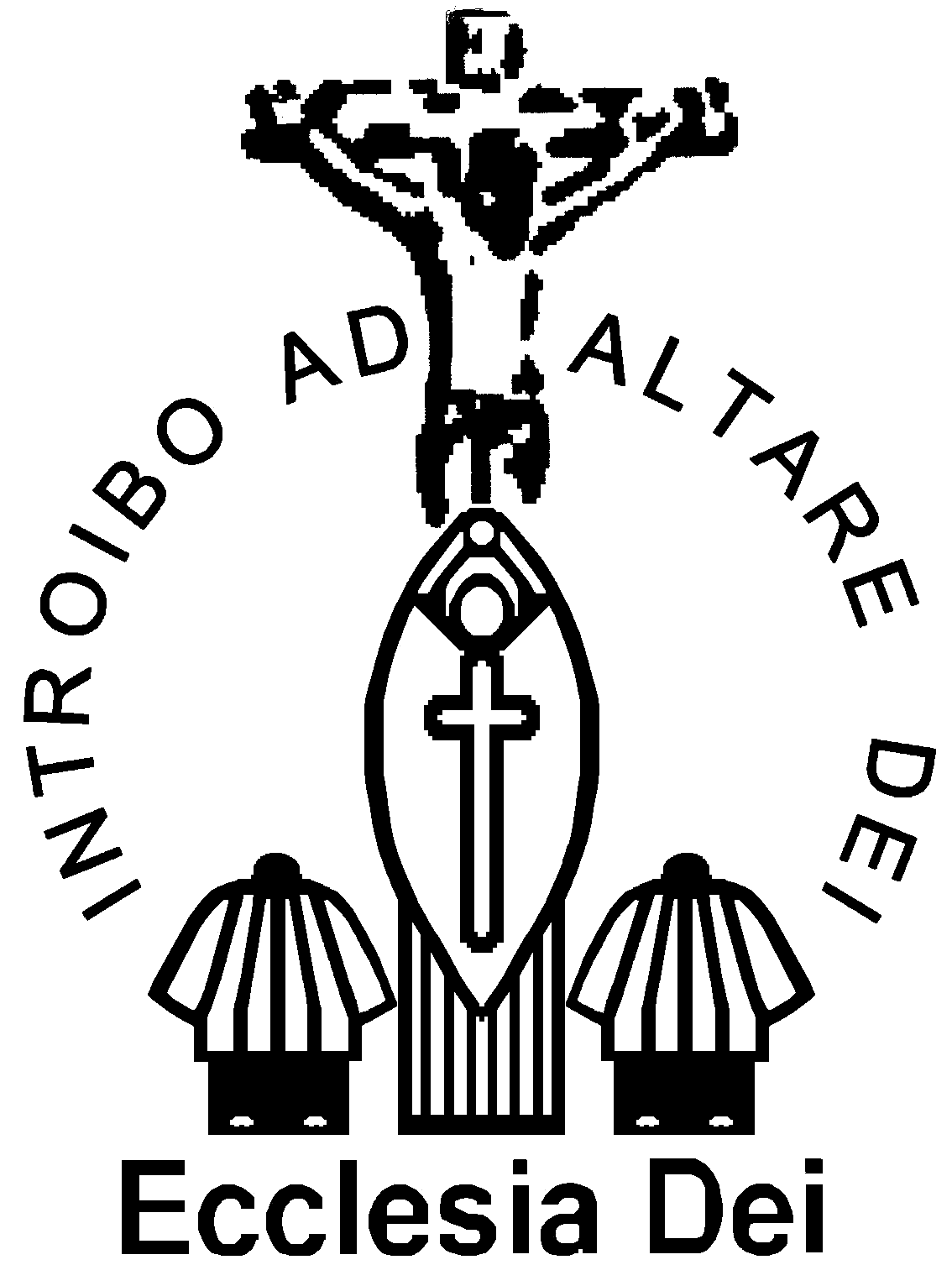Body of Christ
Introduction
Primarily, the historical Sacrifice of Christ on the Cross is perfect and unique. So, what can the Church as His "Mystical Body" add to it if this historical Sacrifice is perfect and unique? This can only mean that the Sacrifice of Christ's Mystical Body and His historical Body must be considered supernaturally as one and the same Sacrifice. Thus, Christ's Sacrifice of His Body on the cross is the supernaturally one and same unique Sacrifice that He first offered at the Last Supper with His disciples when He instituted His "Sacramental Body" as it is one and same unique Sacrifice He eternally offers in our temporary condition through His "Mystical Body" and His "Sacramental Body" in the Holy Eucharist. Evidently regarding this latter it is Christ, who, through "His Mystical Body" by the ordained Priest "in Persona Christi" sacrifices "His Sacramental Body". Therefore only through the membership of the "Mystical Body of Christ", by the Baptism and the Sacraments, one may participate in the "Sacrifice of Christ".
One Christ and His distinguished Bodies
As the Holy Revelation speaks about (1) the Historical, (2) the Sacramental and (3) the Mystical "Body of Christ", whereas Christ is one, unique and undivided. In addition to the Encyclical of Pope Pius XII Mystical Corporus Christi (1943) that concerns the "Militant Church" mainly, this would mean that the several expressions of the "Body of Christ" must supernaturally be one and the same, unique "Body of Christ" with one Head and Soul, Christ but in distinguished forms. And as such the Church would be fully participating in the entire historical life of Christ, including His last week of suffering, His Sacrifice on the Cross, His death as well as His Resurrection and Ascension.
Taken from the World
All these distinctions of the "Body of Christ" were materially taken from the world in a similar way after they were firstly dedicated to God before becoming "Body of Christ" with one and the same spiritual form, Christ Himself.
- First of all, the "Historical Body of Christ" was taken from the Holy Virgin Mary, as prepared by the Holy Spirit. Through her free will she dedicated her body by offering her virginity to God.
- Secondly the "Sacramental Body of Christ", His "Body on the Cross", is taken from the world as prepared by the Holy Spirit through the unleavened bread at the Last Supper that stands for being unblemished. As such, it is dedicated to God each time at the H. Mass, when the Priest firstly offers "Bread and Wine" to God at the Offertory, by which this "Bread and Wine" is prepared for becoming the "Sacramental Body of Christ" through the Consecration, and offered "In Personna Christi" by the Priest.
- Thirdly, the "Mystical Body of Christ" is taken from the world too, when man prepared and inspired by the Holy Spirit dedicates themselves by free will to God through the Baptism becoming a member of the "Mystical Body of Christ". And more specifically, the priests who act in the name of Christ, who are chosen from among those, who of their own free will, by their oath of virginity, have dedicated their bodies to the Lord, as Mary also did, and through whom Christ then offered His Sacramental Body.
The "Historical Body" and the "Mystical Body" of Christ
In addition to these similarities, the "historical Body of Christ" can also be distinguished by (1) His historical Body walking on earth before His Death on the Cross, (2) His historical Body dying on the cross and in His grave and (3) His historical Body on earth and in Heaven after His glorious Resurrection and Ascension. While a similar distinction can be made regarding the "Mystical Body of Christ", namely (1) the Militant Church on earth with the actual living Pope leading the fight against sin, (2) the Suffering Church in "Purgatory" that atones for its sins and (3) the Triumphant Church in Heaven that has triumphed over sin.
The Militant Church
And while the members of the Militant Church are individual sinners along with all other sinners in the world, they are mandated by their free will with the grace and enlightenment from the Holy Spirit through the Sacraments given by Christ to fight against, atone for, and ultimately to triumph over their sins, while the Church itself as "Mystical Body of Christ" is and remains innocent, because Christ Himself is without sin.
The Living Creed
Now, besides the reference through "in One, Holy, Catholic, and Apostolic Church" in the Nicene-Constantinopolitan Creed to our faith in the "Mystical Body of Christ", also a reference can be recognized between the entire closures of the Creed and the "Mystical Body of Christ" in her distinguished forms respectively.
Namely:
- "I acknowledge one baptism for the remission of sins" concerns the "Militant Church";
- "I look for the resurrection of the dead" expresses the parallel with the "Suffering Church";
- "the life of the world to come" is clearly the "Triumphant Church"
And so, the H. Mass as "Memory of Christ" is the same and unique "Sacrifice of Christ" at Calvary, sacrificed by Christ in His "Mystical Body" through the Priest in "Personna Christi" and the "Sacramental Body" instituted at the Last Supper. Herewith the Holy Mass is our "Living Creed"
References
- "The Organic Development of the Liturgy". Alcuin Reid, O.S.B. (2005), Ignatius Press, ISBN 978-1-58617-106-3;
